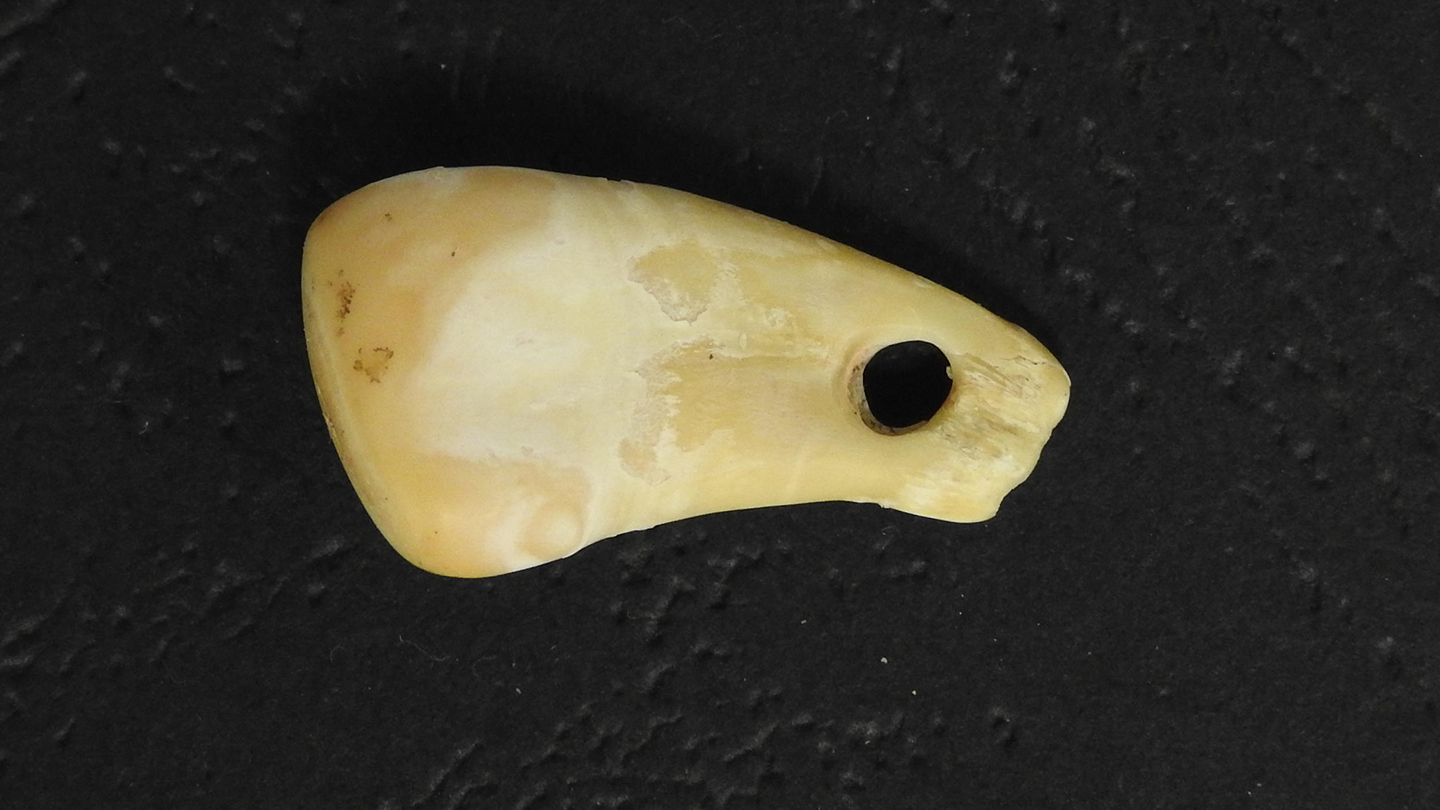A new, nondestructive method for recovering ancient DNA has demonstrated its potential for shedding light on the lives of Stone Age people. This technique could help clarify whether both males and females made and used personal ornaments, and whether H. sapiens or Neandertals created certain types of tools and ornaments in parts of Eurasia that were once occupied by both species at the same time. Molecular biologist Elena Essel of the Max Planck Institute for Evolutionary Anthropology in Leipzig, Germany, says, “By extracting DNA from tools and ornaments directly, we can now begin to study the division of labor and the role of individuals [from different Homo species] in Pleistocene societies.”
Typically, researchers extract ancient DNA from small amounts of powder drilled out of bones and teeth. Evolutionary geneticist Svante Pääbo, also at Max Planck, won the 2022 Nobel Prize in physiology or medicine for developing that method. However, there is understandable reluctance to drill into and disfigure, or potentially destroy, rare and delicate finds such as pendants and other ornaments. H. sapiens and Neandertal DNA can also be isolated from artifact-bearing sediment. But that DNA cannot identify the sex or species of who handled specific tools or ornaments.
Article from www.sciencenews.org



















